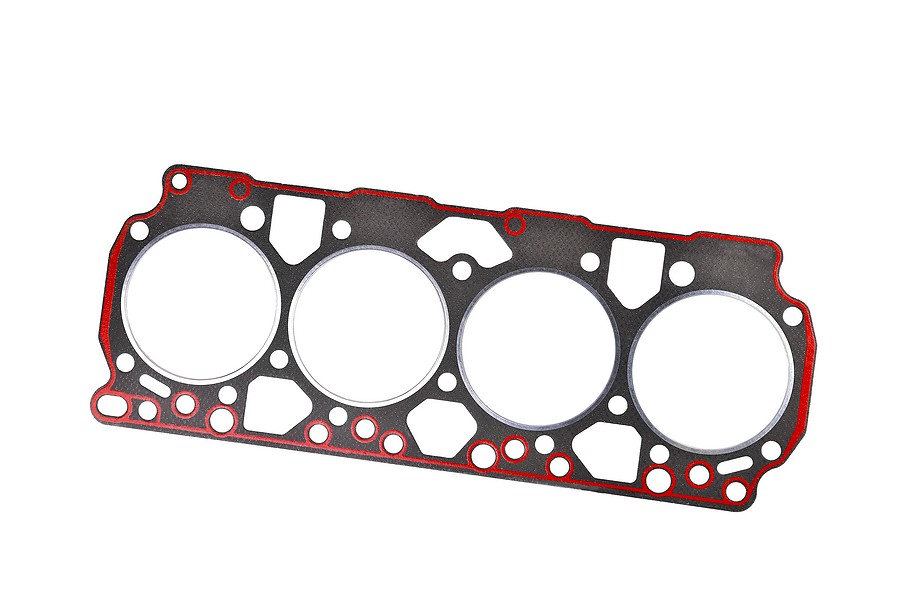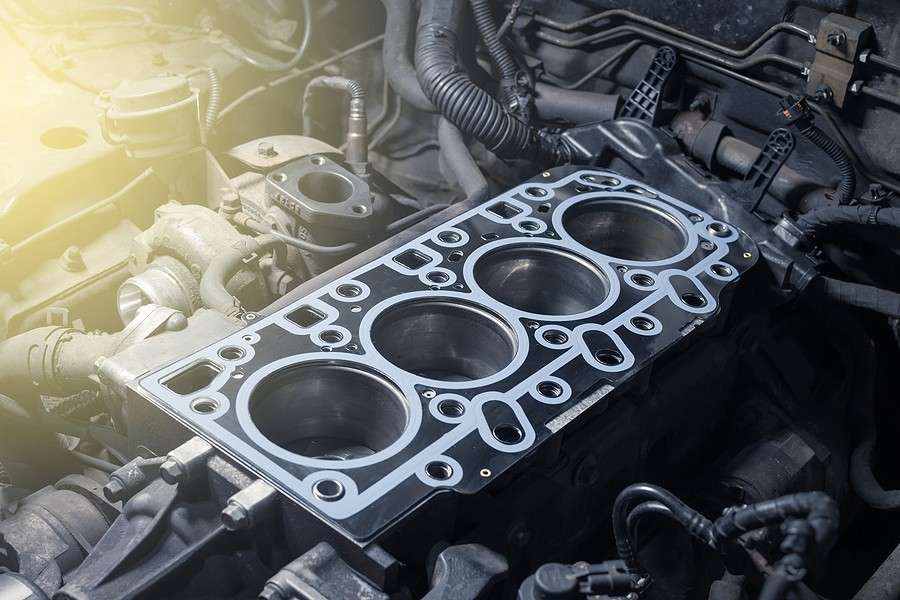As an engine owner, it is important to know when your engine is not functioning properly. One of the most common issues with engines is a blown head gasket. A head gasket is a vital component that seals the cylinder head to the engine block. If this seal is compromised, it can lead to significant engine damage. In this article, we will discuss the symptoms of a blown head gasket and what steps you can take to prevent further damage.
What is a Head Gasket?
Before we dive into the symptoms of a blown head gasket, let's first understand what a head gasket is. A head gasket is a mechanical seal that is placed between the engine block and cylinder head. Its main function is to seal the internal combustion process and prevent engine coolant and oil from mixing. It also maintains the compression needed for the engine to run.

Symptoms of a Blown Head Gasket
- Engine Overheating: One of the most common symptoms of a blown head gasket is engine overheating. This is due to the fact that the head gasket is no longer able to seal the combustion process, which causes the engine to overheat.
- Loss of Engine Power: Another symptom of a blown head gasket is a loss of engine power. This is because the compression in the engine is compromised, leading to a loss of power.
- White Exhaust Smoke: If you notice white exhaust smoke coming from your engine, it could be a sign of a blown head gasket. This is caused by coolant leaking into the combustion chamber, which is then burned off and creates white smoke.
- Milky Oil: When the head gasket fails, it can cause engine coolant to leak into the oil passages. This can lead to a milky appearance in the engine oil, which is a clear indication that the head gasket has failed.
- Poor Fuel Economy: A blown head gasket can also cause poor fuel economy. This is because the engine is not functioning properly, which can lead to increased fuel consumption.
Causes of a Blown Head Gasket
Now that we have discussed the symptoms of a blown head gasket, let's take a look at some of the common causes of this issue.
- Overheating: One of the main causes of a blown head gasket is engine overheating. This can be caused by a variety of issues, including a malfunctioning thermostat, low coolant levels, or a malfunctioning radiator fan.
- Engine Misuse: Another cause of a blown head gasket is engine misuse. This can include things like excessive idling, hard acceleration, or towing beyond the vehicle's capacity.
- Poor Maintenance: Poor maintenance is another common cause of a blown head gasket. Neglecting routine maintenance tasks like oil changes or coolant flushes can lead to a variety of engine issues, including a blown head gasket.
Preventing a Blown Head Gasket
The best way to prevent a blown head gasket is through routine engine maintenance. This includes things like regular oil changes, coolant flushes, and checking for any signs of engine issues. It is also important to avoid engine misuse, such as excessive idling or hard acceleration.
Repairing a Blown Head Gasket
If you suspect that your engine has a blown head gasket, it is important to take action right away. Ignoring the issue can lead to significant engine damage and expensive repairs. The only way to repair a blown head gasket is to replace it, which requires the engine to be disassembled. It is important to take your vehicle to a qualified mechanic to have the repair performed.

FAQs:
Q1. How much does it cost to replace a blown head gasket? A: The cost of replacing a blown head gasket varies depending on the make and model of your vehicle and the extent of the damage. On average, the cost can range from $1,000 to $2,500.
Q2. Can I still drive my car with a blown head gasket? A: It is not recommended to drive your car with a blown head gasket. This is because the damage can lead to significant engine issues and expensive repairs.
Q3. Can a head gasket sealer fix a blown head gasket? A: While head gasket sealers can temporarily fix small leaks, they are not a permanent solution for a blown head gasket. It is important to have the head gasket replaced to ensure proper engine function.
Q4. Can a blown head gasket be caused by a manufacturer defect? A: Yes, a blown head gasket can be caused by a manufacturer defect. In some cases, the head gasket may have been faulty from the start and fail prematurely.
Q5. How long does it take to replace a blown head gasket? A: The time it takes to replace a blown head gasket varies depending on the make and model of your vehicle and the extent of the damage. On average, the repair can take anywhere from 6 to 10 hours.
Conclusion:
A blown head gasket can be a serious issue for any engine owner. It is important to understand the symptoms and causes of a blown head gasket to prevent further engine damage. Regular engine maintenance is the best way to prevent a blown head gasket. If you suspect that your engine has a blown head gasket, it is important to have it repaired right away to prevent further damage. We hope that this article has provided you with the information you need to maintain the health of your engine and prevent a blown head gasket from occurring.



